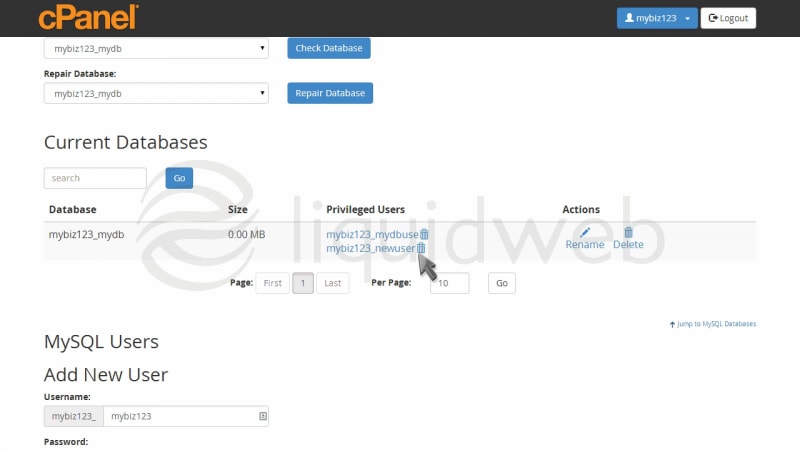

Uninstall osquery install#
Uninstall osquery how to#
Once you got the list of the files, you know how to delete them don't you? Indeed, you could pass the results of the above command to rm using backticks like shown below: sudo rm `cat /var/log/paco/php5 | sed -n 's/|\(.*\)// /^#\(.*\)/d p'`

The file list using sed command line editor (Replace php5 with your filename). You could use a command line editor or paco gui to view the files. It contained all the files which are copied to various standard locations during the install. The parameter l makes the paco run in the log mode.This created a log file in /var/log/paco named php5 (the name I have given in the command). Moreover, you could see the the files in the Paco Front end.įor example when I compiled php from source I did the following : paco -lp php5 "make install" Paco acts like a wrapper for your "make install" and creates a log in the /var/log/paco directory with the list of files copied to various directories. We can use it the log mode when we "make install" a program. Which is available in the Ubuntu Software Center. This involves the use of the paco program We need to negotiate the fact that make uninstall would not always work, so below Here's an article I wrote that goes through the entire process with explanations. Reinstall the package sudo dpkg -install -force-overwrite source_b Install CheckInstall sudo apt-get install checkinstall Replace source_b and name in the screenshot with your own information:Įxecute the following commands in the source package directory: It also installs the binary package with the Linux package manager. It monitors the files that are installed and creates a binary package from them. The checkinstall command is calls the make install command. It also installs the files using the package manager which allows it to be uninstalled like any regular package. It monitors and copies the files that are installed using the make program. These locations can vary based on the examination that’s performed by the configure script.ĬheckInstall is a program that’s used to install or uninstall programs that are compiled from the source code. The make install command copies the built program and packages into the library directory and specified locations from the makefile. This makes it difficult to uninstall the files afterwards. It’s not a package manager so it doesn’t keep track of the files it installs. Make is a program that’s used to compile and install programs from source code.


 0 kommentar(er)
0 kommentar(er)
